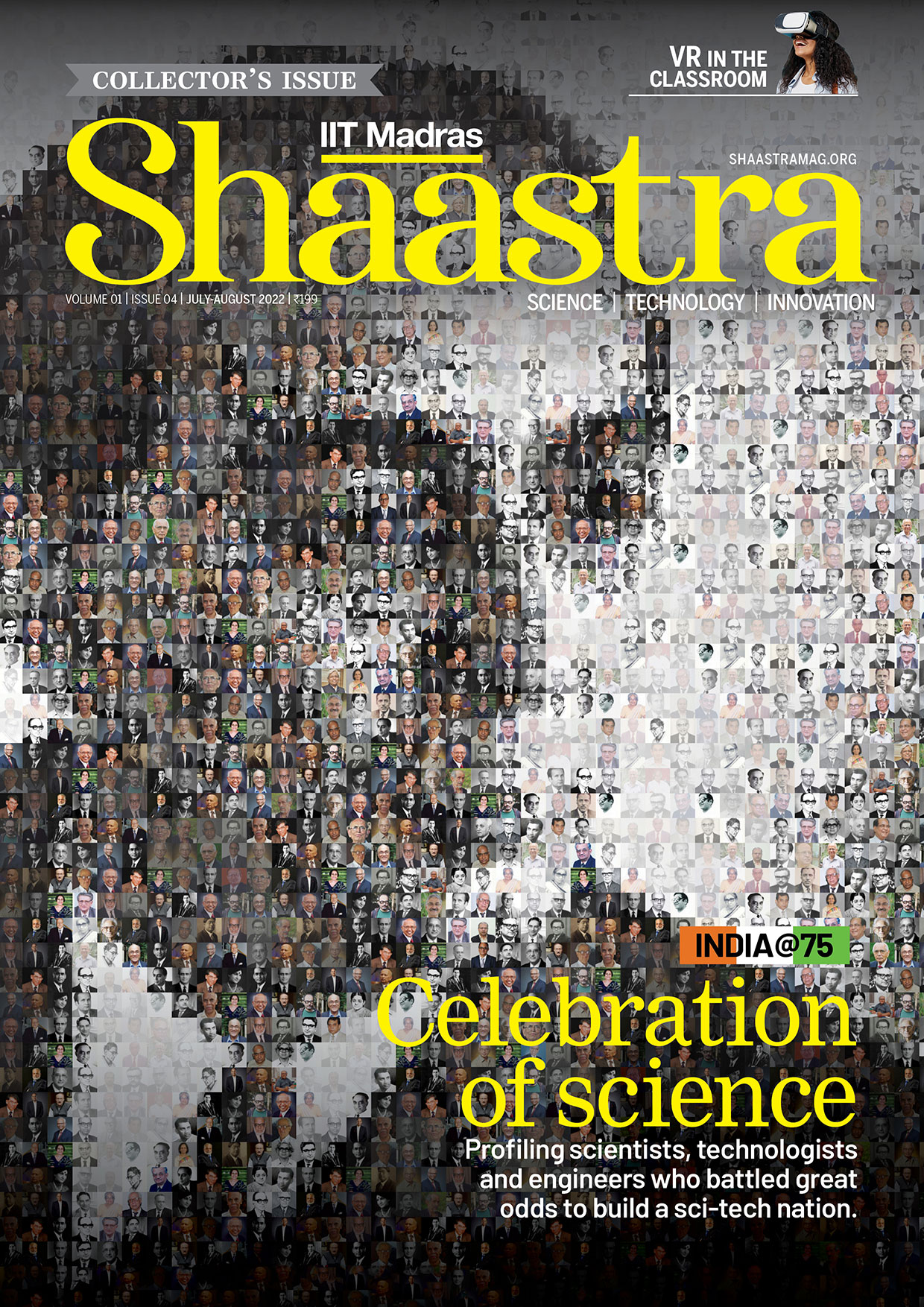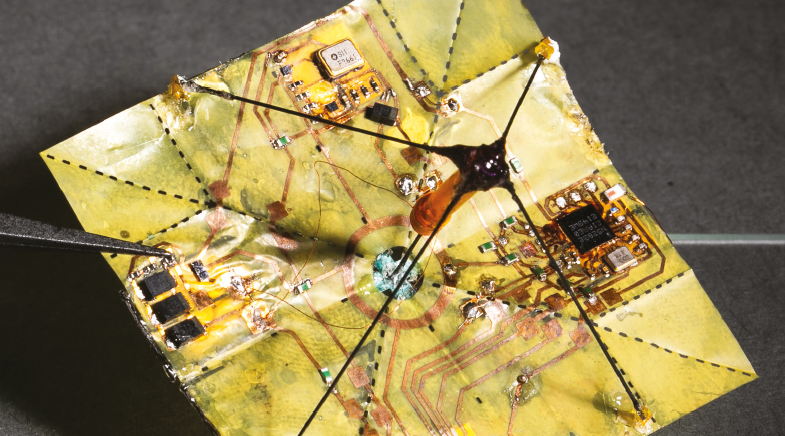The unfolding world of robotics
-
- from Shaastra :: vol 03 issue 07 :: Aug 2024

The art of origami gives shape to cutting-edge technology.
Always interested in art, Jamie Paik wanted to be a sculptor when she grew up — but ended up pursuing a degree in mechanical engineering. Paik, however, didn't give up her passion for art even after becoming a robotics researcher. It's no surprise then that now, as the Director of the Reconfigurable Robotics Lab (RRL) at the Swiss Federal Institute of Technology Lausanne (EPFL), she sculpts robots using the paper-folding art of origami. Paik calls it "robogami".
Origami is an ancient Japanese art. In Japanese, oru means to fold, and kami translates as paper. Origami practitioners — known as folders — fold and unfold a piece of paper multiple times to create different objects such as cranes, frogs, and flowers. But origami is not just for artistic appeal: it also allows for the folding of large, deployable structures within a compact space. Moreover, a single structure can reconfigure itself into various forms based on situational needs, opening up the field for engineering research. "I realised this was really a platform that could be super-versatile for different applications," Paik (pictured below) says.
PAST ISSUES - Free to Read


Have a
story idea?
Tell us.
Do you have a recent research paper or an idea for a science/technology-themed article that you'd like to tell us about?
GET IN TOUCH














